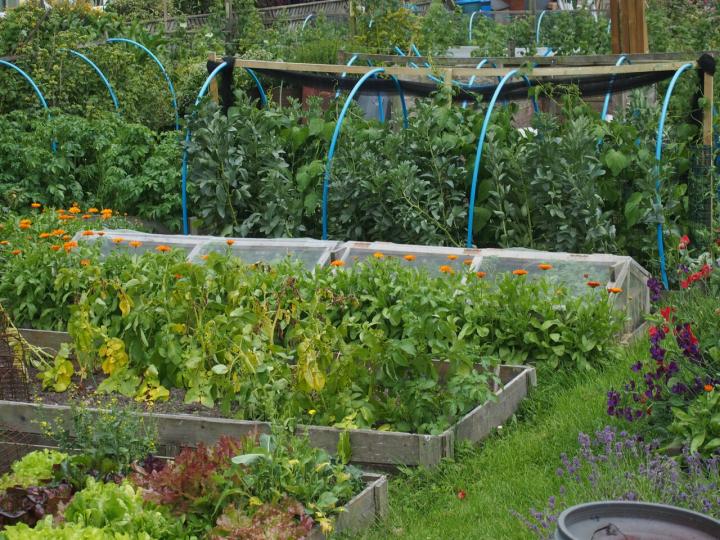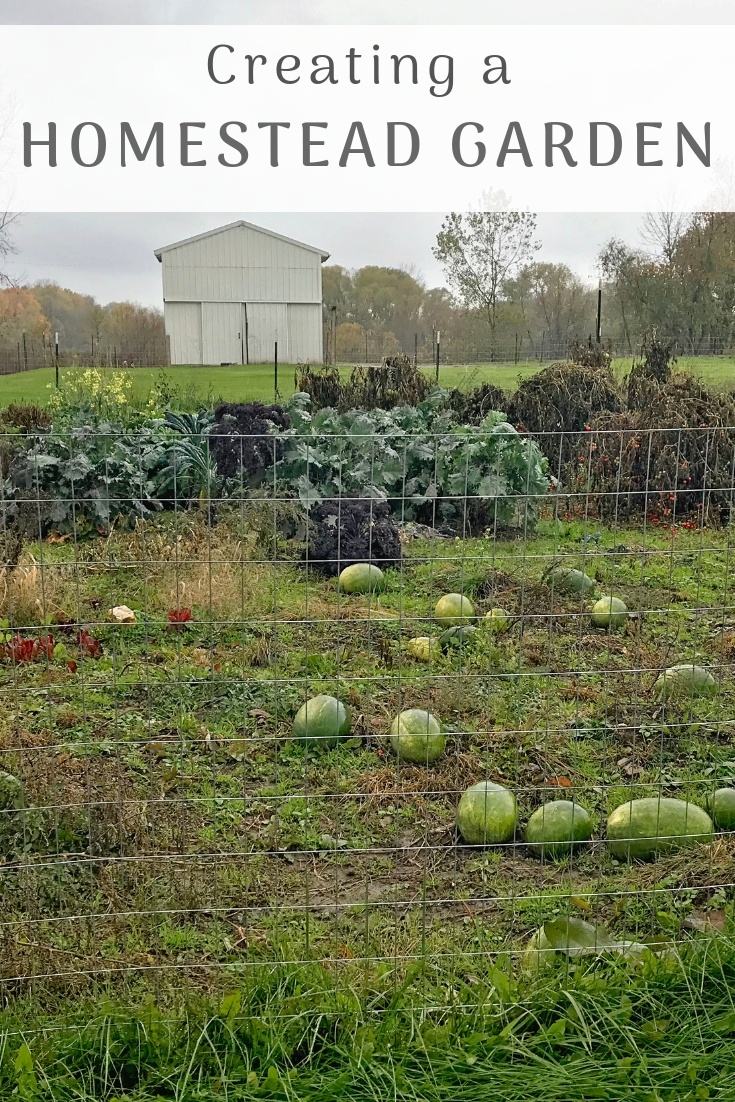Beginner’s Guide to Homestead Gardening at Home
Beginner’s Guide to Homestead Gardening at Home
Blog Article
Reveal the Tricks to Producing a Effective and attractive Gardening Room
Developing a beautiful and efficient horticulture area is not just an issue of planting vegetables and flowers; it calls for a strategic method that includes different crucial elements. From selecting the right area based on sunshine and dirt type to thoughtfully developing your layout and choosing suitable plants, each decision plays a crucial role in the success of your yard.
Picking the Right Area
Selecting the suitable place for your garden is crucial to its success and total aesthetic allure. The primary step in this process involves examining sunlight exposure, as many plants call for at the very least six hours of straight sunshine daily (Homestead Gardening). A south-facing yard commonly receives one of the most light, while shaded areas can hamper development and blooming
In addition, think about soil high quality and water drainage. Well-draining soil is necessary to prevent water logged origins, which can result in plant conditions. Carrying out a soil test can provide important info relating to pH degrees and nutrient material, allowing you to change the soil accordingly.
In addition, proximity to water sources is another aspect to evaluate - Homestead Gardening. Having simple access to a hose or watering system can streamline the watering process and motivate consistent plant treatment. Wind protection is additionally vital; placing your yard near structures, such as fences or walls, can shield it from rough winds that may harm delicate plants
Lastly, take into consideration accessibility for upkeep and harvesting. A well-placed garden enables for hassle-free access, making sure that you can quickly often tend to your plants without triggering unnecessary tension or disruption. Thoughtful location selection lays the foundation for a thriving yard.
Choosing Plants Sensibly
When picking plants for your garden, it's necessary to consider aspects such as climate, soil problems, and personal preferences to make certain a harmonious and efficient space. A complete understanding of your local environment will direct you in selecting plants that thrive in your details setting. Selecting drought-resistant varieties is useful in arid areas, while moisture-loving varieties may be much more ideal for locations with high rainfall.
Soil problems are equally essential; conducting a soil examination can expose pH levels and nutrient content, enabling you to choose plants that will flourish. Indigenous plants are commonly an outstanding option, as they are normally well-adapted to local soil kinds and need much less upkeep.
Additionally, consider your gardening objectives. Are you intending for a decorative display, a veggie garden, or perhaps a mix of both? This will certainly influence your selections considerably. Mirror on your individual preferences-- picking plants that reverberate with your visual tastes will enhance your satisfaction and commitment to preserving your yard. By carefully assessing these variables, you can produce a growing and diverse plant selection that elevates your gardening experience.
Designing Your Garden Layout
With a thoughtfully selected plant option in hand, the following action is to develop a yard design that makes best use of both appeal and performance. Begin by analyzing the available space, thinking about factors such as sunshine, color, and wind patterns. A tactical layout needs to integrate numerous zones, consisting of areas for planting, pathways, and potentially seating.
Start with bigger plants or focal points, such as trees or tall perennials, put purposefully to create visual rate of interest. Layer smaller sized plants in front to improve depth and appearance. Think about the development practices of your picked plants; taller ranges ought to be placed at the back or center of beds, while shorter ones can line the edges.
Incorporating paths not only helps with gain access to for upkeep yet also invites expedition. Usage products that match the garden's overall aesthetic, whether stone, crushed rock, or timber chips.
Additionally, consider seasonal changes and just how your layout will look throughout the year. Including evergreens together with seasonal flowers can ensure year-round charm. Eventually, a properly designed garden layout integrates the all-natural appeal of plants with address sensible factors to consider, leading to a space that is both welcoming and efficient.
Enhancing Soil Health

To improve soil wellness, start by performing a soil examination to examine pH levels, vitamins and mineral material, and soil appearance. Incorporate natural matter such Learn More as garden compost, well-rotted manure, or leaf mold and mildew to improve soil structure, water retention, and microbial activity.
Mulching is an additional reliable technique; it not just conserves dampness but additionally subdues weeds and slowly enhances the soil as it breaks down. Preventing extreme husbandry is vital, as it can interfere with dirt framework and harm beneficial microorganisms. Rather, adopt no-till or minimal husbandry practices to preserve dirt stability.

Preserving Your Garden Effectively
A well-maintained yard provides pride and performance, requiring constant focus to make certain that plants thrive and the landscape stays inviting. Efficient yard upkeep involves several key techniques that improve the health of your plants and the overall aesthetic of your space.
Normal watering is vital; nonetheless, it is crucial to tailor your watering routine based upon the certain needs of your plants and neighborhood environment problems. Mulching can help retain dampness, subdue weeds, and control dirt temperature level. Timely weeding prevents competition for resources and nutrients, making certain that your plants thrive.
Trimming is another important job. It urges healthy and balanced growth, eliminates infected or dead Visit Your URL branches, and shapes plants to maintain an appealing structure. Additionally, keeping track of for diseases and pests is important; early detection and intervention can save your plants from substantial damages.
Fertilization should be executed attentively, making use of natural alternatives whenever feasible to advertise long-term soil health and wellness. Lastly, seasonal jobs such as planting, dividing perennials, and preparing for winter months will ensure your yard stays dynamic year-round. By adhering to these practices diligently, you can cultivate a garden that is both beautiful and effective.
Verdict
Selecting an appropriate location with ample sunlight, picking ideal plants, designing an aesthetically pleasing layout, enhancing dirt wellness, and ensuring routine maintenance are vital elements. By integrating these techniques, one can cultivate a growing garden that not only enhances the landscape but additionally promotes ecological balance and sustainability.
From choosing the right area based on sunshine and soil kind to thoughtfully creating your format and picking appropriate plants, each decision plays a crucial duty in the success of your garden. Well-draining soil is vital to avoid waterlogged roots, which can lead to plant conditions.When picking plants for your yard, it's necessary to think about elements such as climate, dirt conditions, and individual choices to ensure a efficient and harmonious space. Inevitably, a properly designed garden format balances the all-natural beauty of plants with functional factors to consider, resulting in an area that is both inviting and effective.

Report this page